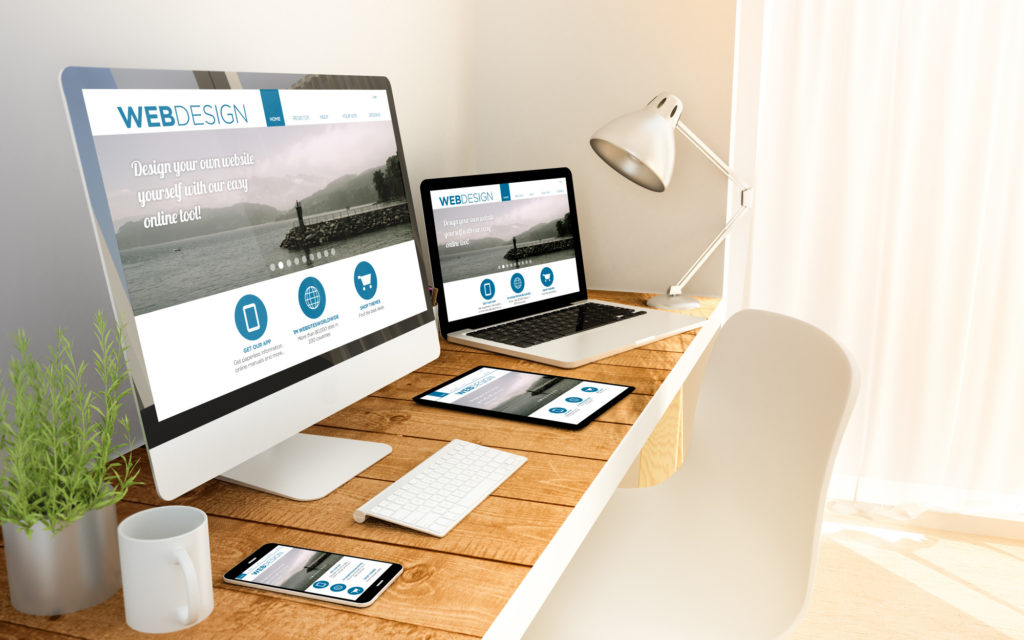Sports injuries are common among athletes and can range from minor sprains to serious fractures. When faced with a sports-related injury, it is crucial to seek the expertise of a top sports injury specialist who can provide the right diagnosis and treatment to help you recover and get back to your sport. In this ultimate guide, we will walk you through the steps to finding the best sports injury specialist for your needs.
Understanding the Role of a Sports Injury Specialist
A top sports injury specialist is a healthcare professional who specializes in treating and preventing sports-related injuries. These specialists have a deep understanding of the unique demands of sports and can provide tailored treatment plans to help athletes recover from injuries and improve their performance. Here are some key points to consider when looking for a sports injury specialist:
Qualifications and Training
- Look for a specialist who has specialized training in sports medicine and experience working with athletes.
- Check their credentials and certifications to ensure they have the necessary qualifications to treat sports injuries.
Experience and Expertise
- Choose a specialist who has experience treating a wide range of sports injuries, from acute sprains to chronic conditions.
- Look for a specialist who is knowledgeable about the latest treatment techniques and technologies in sports medicine.
How to Find a Top Sports Injury Specialist
Ask for Recommendations
- Ask your primary care physician or orthopedic specialist for recommendations for a top sports injury specialist.
- Seek recommendations from fellow athletes, coaches, or sports trainers who may have experience working with sports injury specialists.
Research Online
- Use online resources such as healthcare provider directories and review websites to research sports injury specialists in your area.
- Read patient reviews and testimonials to get an idea of the quality of care provided by different specialists.
Check Credentials
- Verify the specialist's credentials and certifications to ensure they are qualified to treat sports injuries.
- Check if the specialist is affiliated with reputable sports medicine organizations or academic institutions.
What to Expect During Your First Visit
Medical History and Evaluation
- During your first visit, the specialist will perform a thorough evaluation of your injury and medical history.
- Be prepared to provide details about your symptoms, when the injury occurred, and any previous treatments you have tried.
Diagnostic Tests
- The specialist may order diagnostic tests such as X-rays, MRI scans, or ultrasound to further evaluate your injury.
- These tests can help the specialist make an accurate diagnosis and develop a personalized treatment plan for you.
Treatment Options for Sports Injuries
Non-Surgical Treatments
- Many sports injuries can be successfully treated with non-surgical interventions such as physical therapy, bracing, or injections.
- Your specialist may recommend a combination of treatments to help you recover and prevent future injuries.
Surgical Interventions
- In some cases, surgical intervention may be necessary to repair a serious sports injury, such as a torn ligament or fracture.
- Your specialist will discuss the surgical options available to you and help you make an informed decision about your treatment.
Follow-Up Care and Rehabilitation
Physical Therapy
- After treatment, your specialist may recommend a customized physical therapy program to help you regain strength, flexibility, and range of motion.
- Physical therapy can play a crucial role in your recovery and prevent re-injury in the future.
Return to Sport
- Once you have completed your treatment and rehabilitation, your specialist will work with you to create a plan for safely returning to your sport.
- Follow your specialist's guidance and gradually increase your activity level to prevent re-injury.
Conclusion
Finding a top sports injury specialist is essential for athletes who want to recover from injuries and perform at their best. By following the steps outlined in this ultimate guide, you can find a specialist who has the qualifications, experience, and expertise to help you get back in the game. Remember to prioritize your health and well-being by seeking the best possible care for your sports-related injuries.






